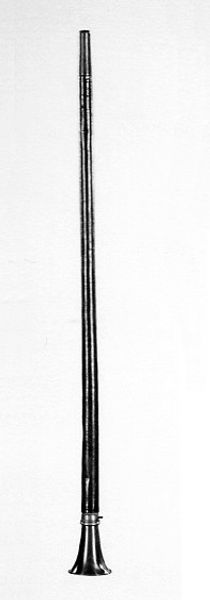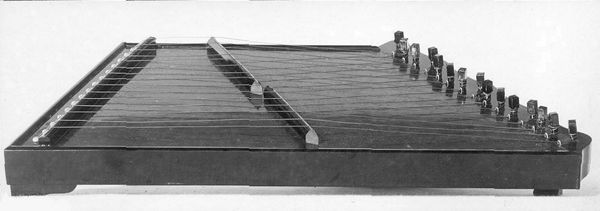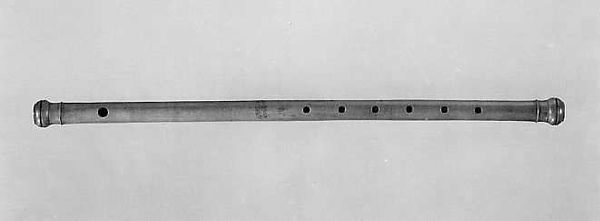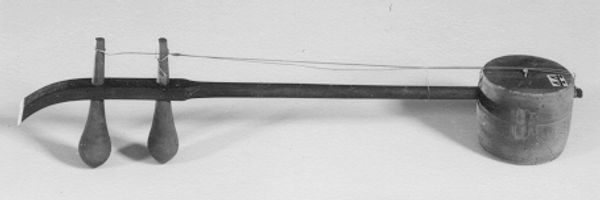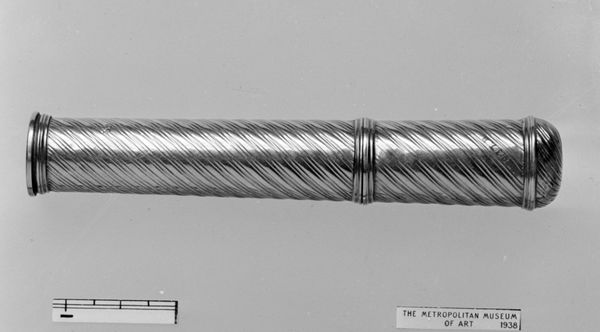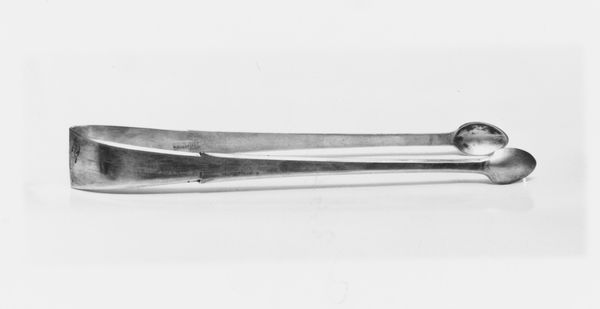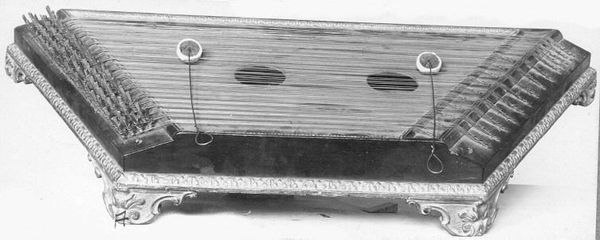
Wagon (和琴) 1804
0:00
0:00
drawing, charcoal
#
drawing
#
asian-art
#
ukiyo-e
#
charcoal drawing
#
japan
#
charcoal
#
musical-instrument
Dimensions: L. 190 x W. 23.5 tapering to 15.2 (75 x 9-1/4 in tapering to 6 in.)
Copyright: Public Domain
Editor: So, here we have Mizutani Kakumu's "Wagon," also known as "Koto," created in 1804 using charcoal. It depicts, quite simply, a traditional Japanese stringed instrument. It has such a muted, almost ghostly quality, like a memory fading over time. What's your take on it? Curator: That sense of fading is interesting, given the historical context. This drawing comes from the Edo period, a time of strict social hierarchies enforced by the ruling Tokugawa shogunate. Now, how does representing this particular musical instrument – the koto – potentially intersect with those power structures? Editor: Hmm, I guess it might have something to do with who had access to these instruments, who could afford lessons… it speaks to social class? Curator: Precisely. The koto was often associated with the refined culture of the upper classes, particularly the samurai and aristocracy. So, consider this: is this drawing simply an objective depiction of an instrument, or could it be seen as subtly referencing, even critiquing, that social stratification, perhaps even challenging the very notion of "high" and "low" art, through the chosen medium of charcoal drawing, accessible to commoners? Editor: I never considered that a charcoal drawing could be a subtle act of rebellion in itself! It makes you wonder who the intended audience was. Was it made for private enjoyment or something more public? Curator: That's the crucial question! Was it circulated? displayed? Its purpose deeply affects our reading. The role of the Ukiyo-e movement at that time also aimed at social and cultural freedom. Considering what we know about how socio-political dynamics shaped artistic production in that time, the politics of imagery is everything. Editor: This really shifts my understanding. It's not just a drawing of a musical instrument. It embodies social tensions and maybe aspirations for something more. I'll certainly look at Ukiyo-e works with more questions going forward. Curator: Indeed. And recognizing art's ability to reflect – or resist – the socio-political structures that shaped it enriches our understanding immensely.
Comments
No comments
Be the first to comment and join the conversation on the ultimate creative platform.
